The new DGX machines are portable but powerful enough to drive complex AI modules and research, with processing capabilities previously only available in data centers.


Join aerospace engineer Mike DiVerde as he explores the fascinating world of robotic spacecraft through NASA’s remarkable Chandra X-Ray Observatory. Discover…
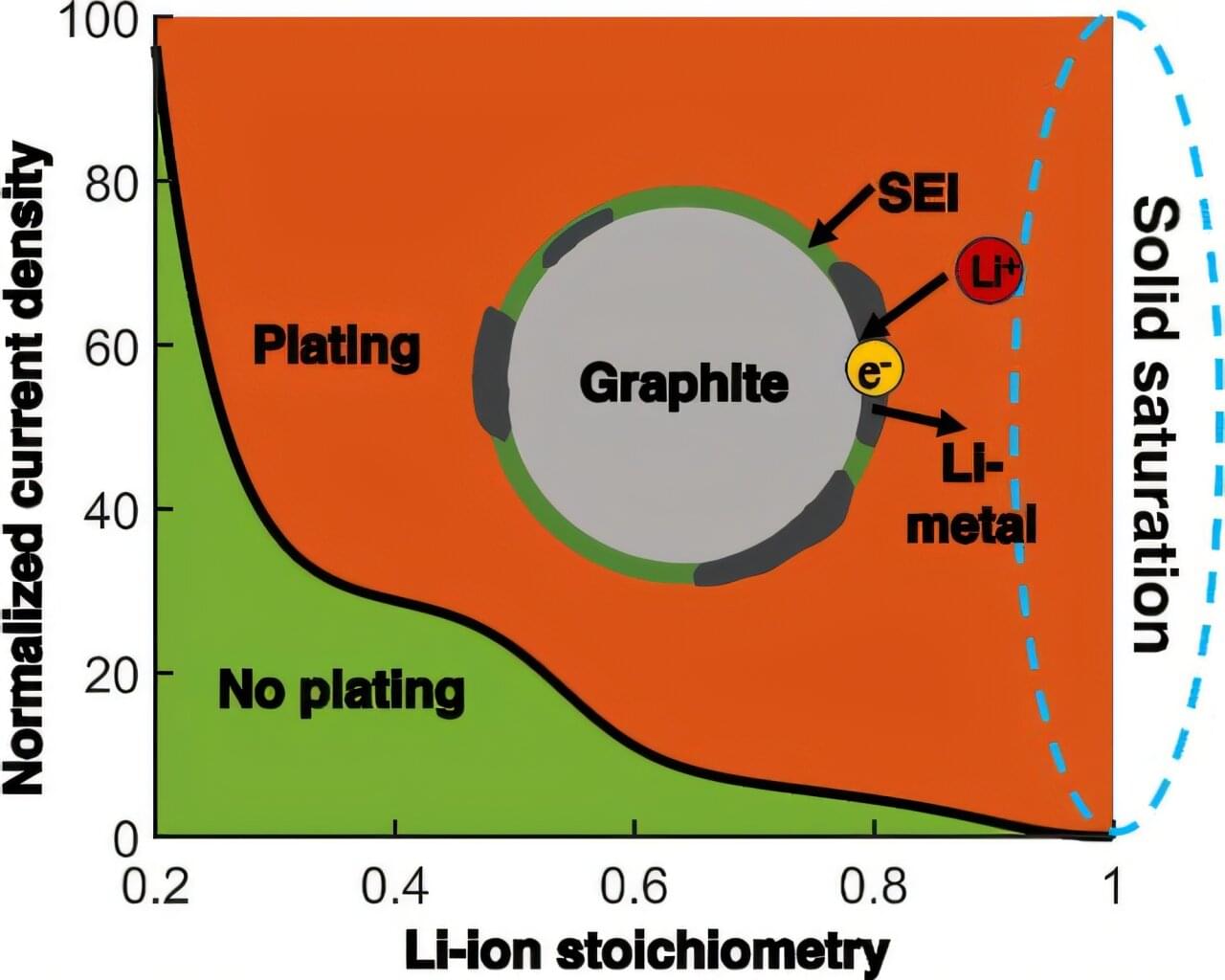
Fast-charging lithium-ion batteries are ubiquitous, powering everything from cellphones and laptops to electric vehicles. They’re also notorious for overheating or catching fire.
Now, with an innovative computational model, a University of Wisconsin–Madison mechanical engineer has gained new understanding of a phenomenon that causes lithium-ion batteries to fail.
Developed by Weiyu Li, an assistant professor of mechanical engineering at UW–Madison, the model explains lithium plating, in which fast charging triggers metallic lithium to build up on the surface of a battery’s anode, causing the battery to degrade faster or catch fire.
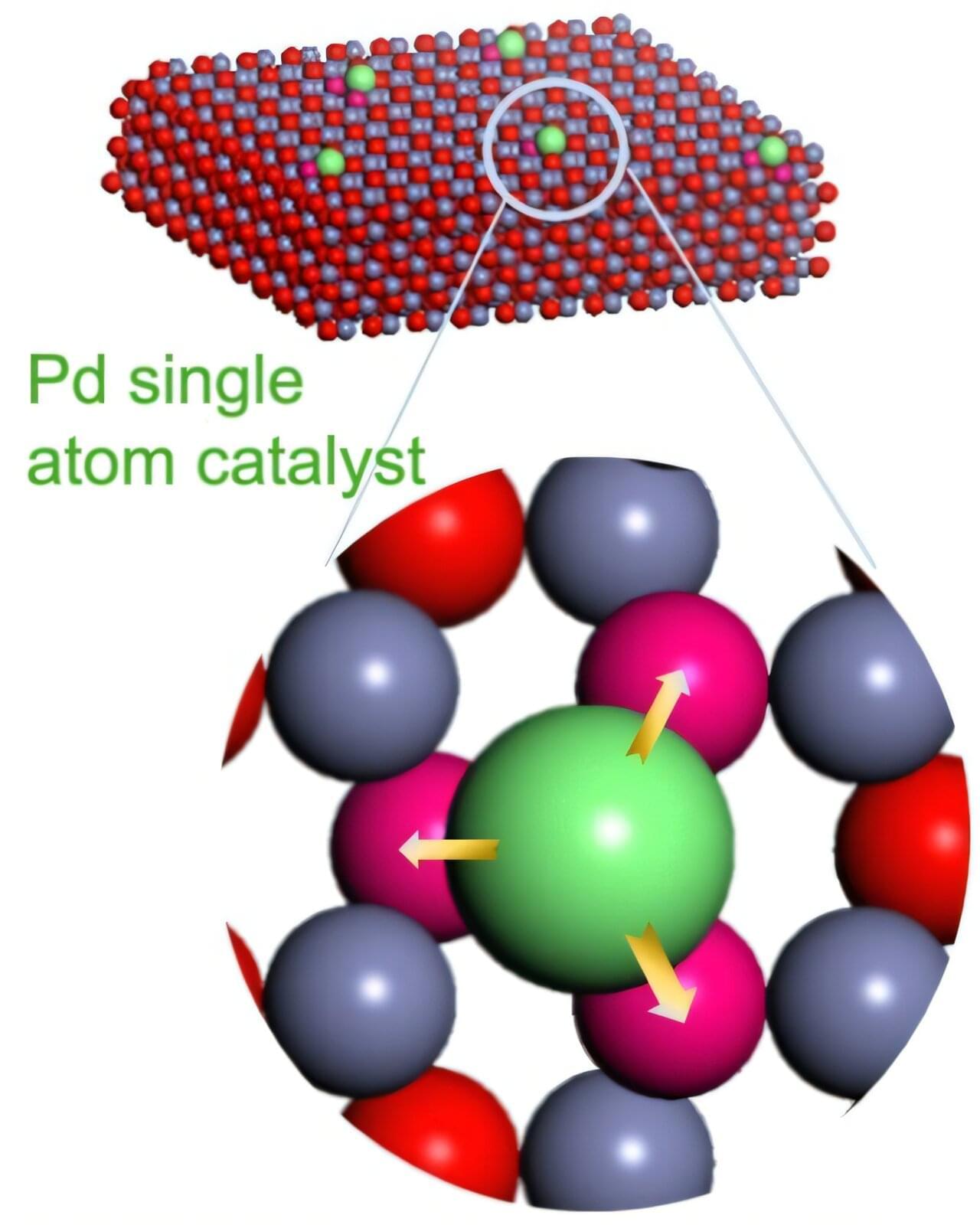
A chemical reaction that’s vital to a range of commercial and industrial goods may soon be initiated more effectively and less expensively thanks to a collaboration that included Oregon State University College of Engineering researchers.
The study, published in Nature, involves hydrogenation —adding the diatomic hydrogen molecule, H2, to other compounds.
“Hydrogenation is a critical and diverse reaction used to create food products, fuels, commodity chemicals and pharmaceuticals,” said Zhenxing Feng, associate professor of chemical engineering. “However, for the reaction to be economically viable, a catalyst such as palladium or platinum is invariably required to increase its reaction rate and thus lower cost.”
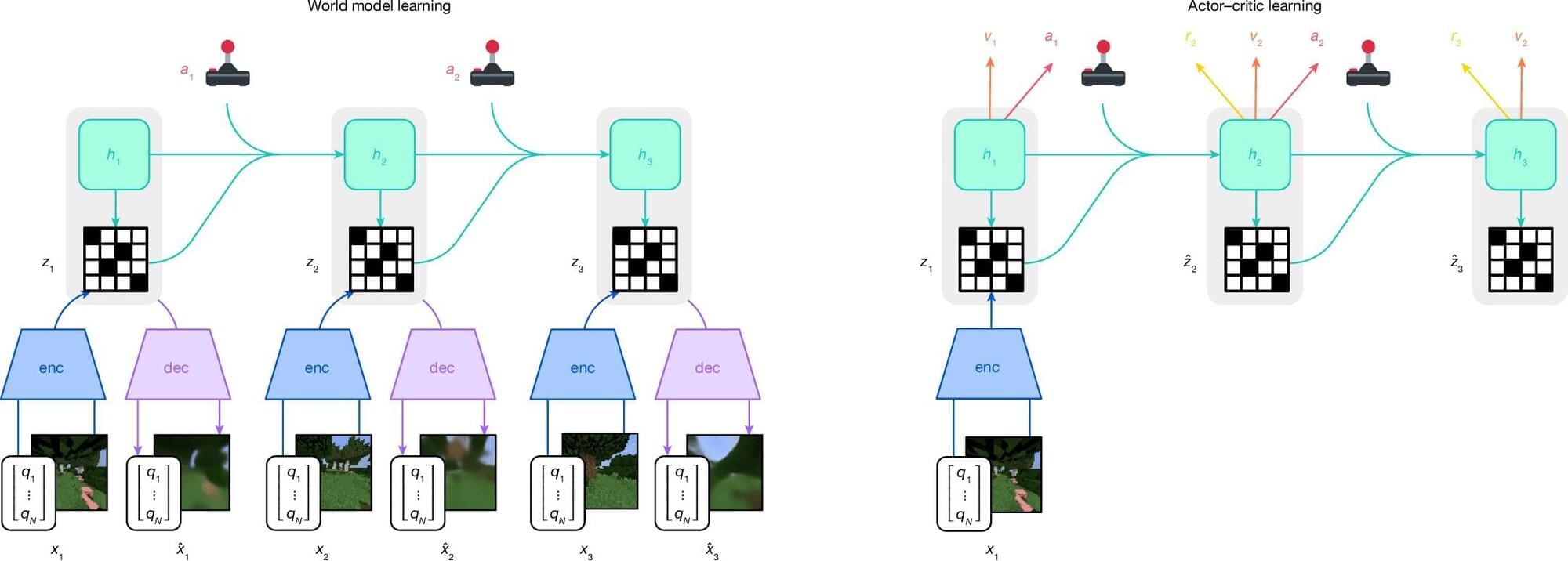
A trio of AI researchers at Google’s Google DeepMind, working with a colleague from the University of Toronto, report that the AI algorithm Dreamer can learn to self-improve by mastering Minecraft in a short amount of time. In their study published in the journal Nature, Danijar Hafner, Jurgis Pasukonis, Timothy Lillicrap and Jimmy Ba programmed the AI app to play Minecraft without being trained and to achieve an expert level in just nine days.
Over the past several years, computer scientists have learned a lot about how deep learning can be used to train AI applications to conduct seemingly intelligent activities such as answering questions. Researchers have also found that AI apps can be trained to play games and perform better than humans. That research has extended into video game playing, which may seem to be redundant, because what could you get from a computer playing another computer?
In this new study, the researchers found that it can produce advances such as helping an AI app learn to improve its abilities over a short period of time, which could give robots the tools they need to perform well in the real world.
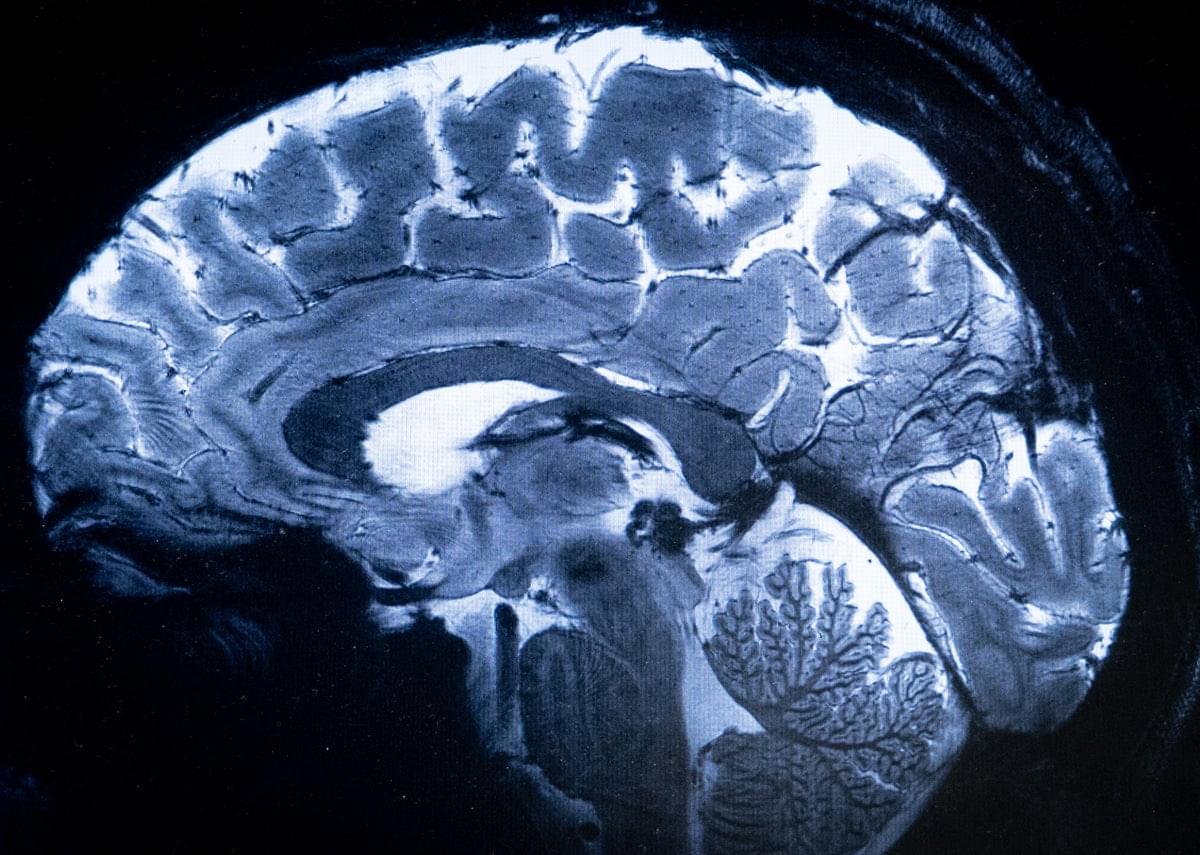
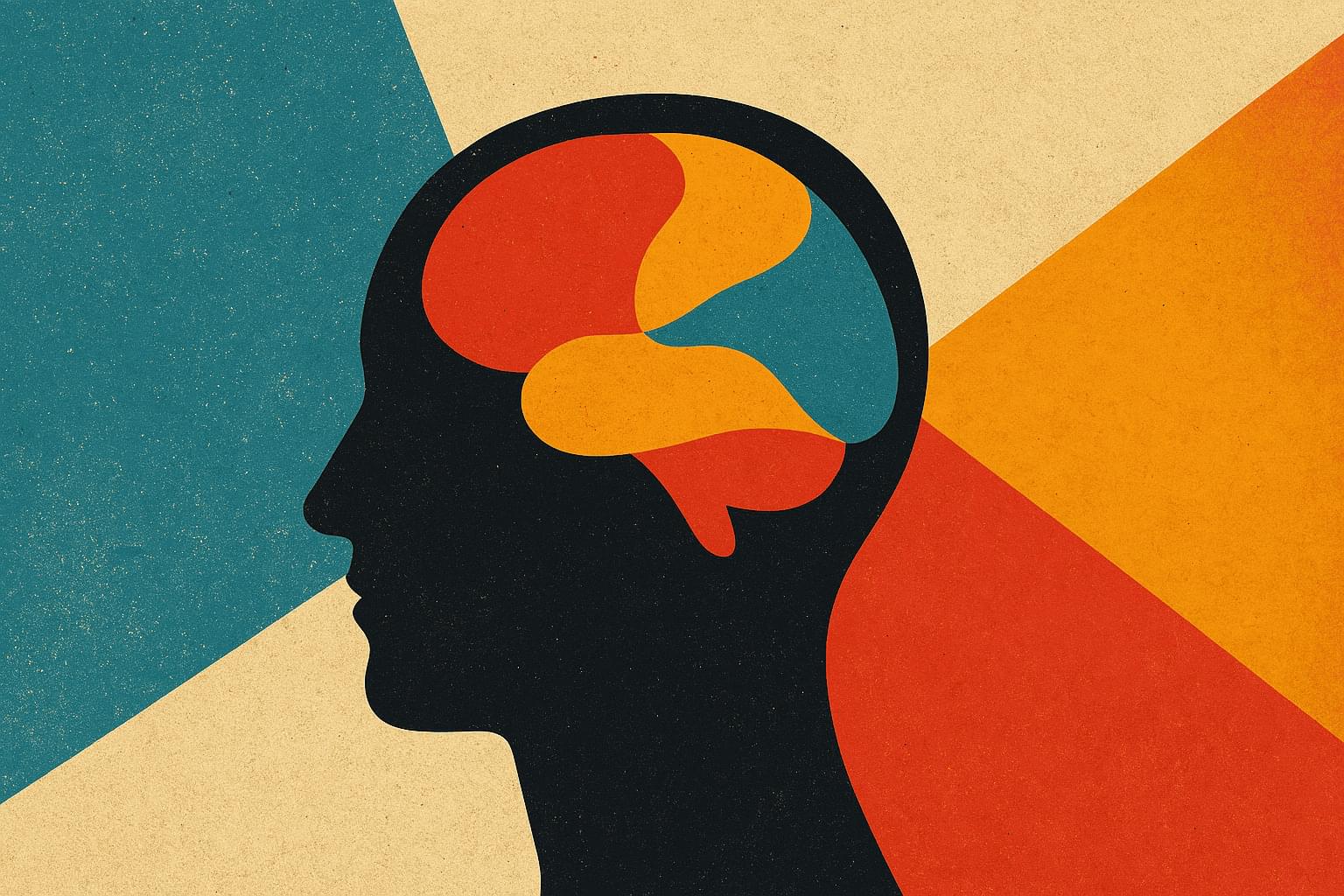
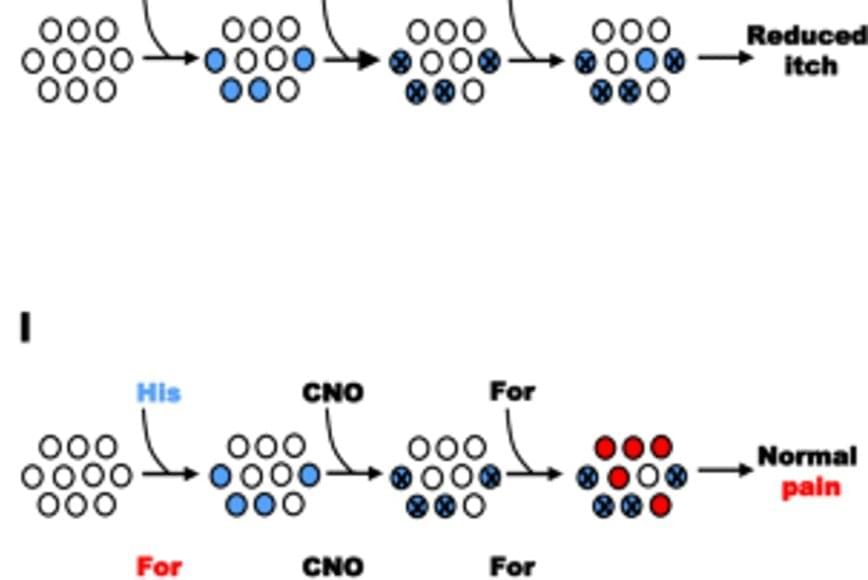
1. Non-selective neurons, which respond to both pain and itch stimuli indiscriminately.
2. Stimulus-specific neurons, which were selectively activated by either pain or itch stimuli.
Furthermore, using the dual-eGRASP technique—an advanced synaptic analysis method the research team discovered that stimulus-specific neurons in the ACC receive distinct synaptic inputs from the mediodorsal thalamus (MD). This finding indicates that pain and itch are processed by independent neuronal populations within the ACC, which receive differentiated synaptic inputs, providing fundamental insights into the neural mechanisms of pain and itch processing.
To further confirm the role of these neurons, the team used chemogenetic techniques to selectively deactivate either pain-specific or itch-specific neurons. The results showed suppressing pain neurons reduced pain perception without affecting itch, and vice versa. This discovery suggests that these neurons play a direct role in shaping how we experience pain and itch.
A research team have uncovered the neural mechanisms underlying the processing of pain and itch in the anterior cingulate cortex (ACC). This study provides new insights into how the brain distinguishes between these two distinct sensory experiences.
Pain and itch are both unpleasant sensations, but they trigger different responses—pain often prompts withdrawal, while itching leads to scratching. Until now, scientists have struggled to understand how the brain processes these sensations separately, as they share overlapping neural pathways from the spinal cord to the brain.
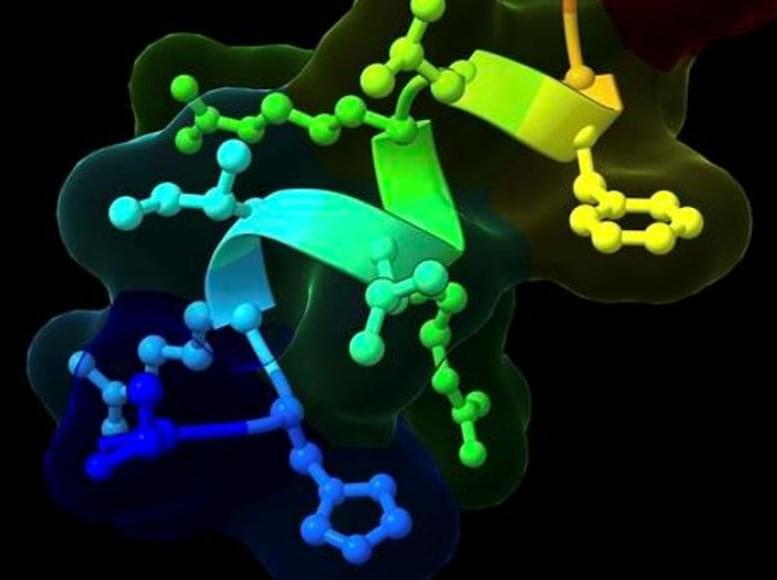
How microglia facilitate phagocytosis of multiple types of pathological particles.
The functions, and molecular signaling of elevated glycoprotein non-metastatic melanoma B (GPNMB) in various brain diseases is not been well studied.
The researchers report that GPNMB expression in microglia is commonly induced by multiple types of pathological factors (neuronal degeneration caused by seizures, caspase-3-induced neuronal apoptosis, neuronal debris, and β-amyloid) functionally participating in phagocytosis of pathological particles via interaction with lysosomal vacuolar-type proton ATPase catalytic subunit A (ATP6V1A) and anti-inflammation responses.
GPNMB depletion does not influence the severity of acute seizures but exacerbates the development of chronic epileptogenesis. https://sciencemission.com/microglia-phagocytosis-of-pathological-particles
Liu et al. report that GPNMB expression in microglia is commonly induced by multiple types of pathological factors functionally participating in phagocytosis of pathological particles via interaction with ATP6V1A and anti-inflammation responses. GPNMB depletion does not influence the severity of acute seizures but exacerbates the development of chronic epileptogenesis.
A Global 5G Community, fostering a community and ecosystem around the development of 5G applications.